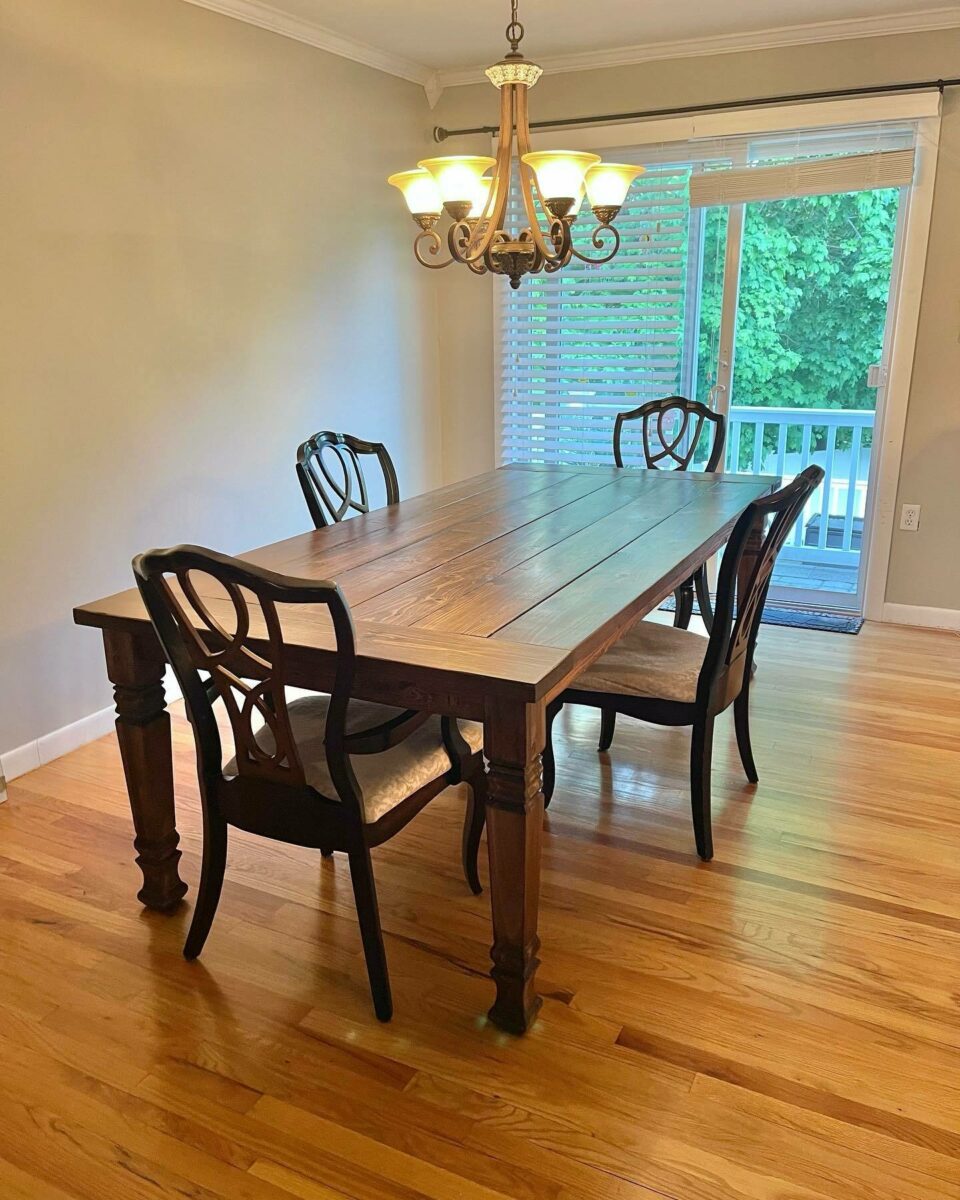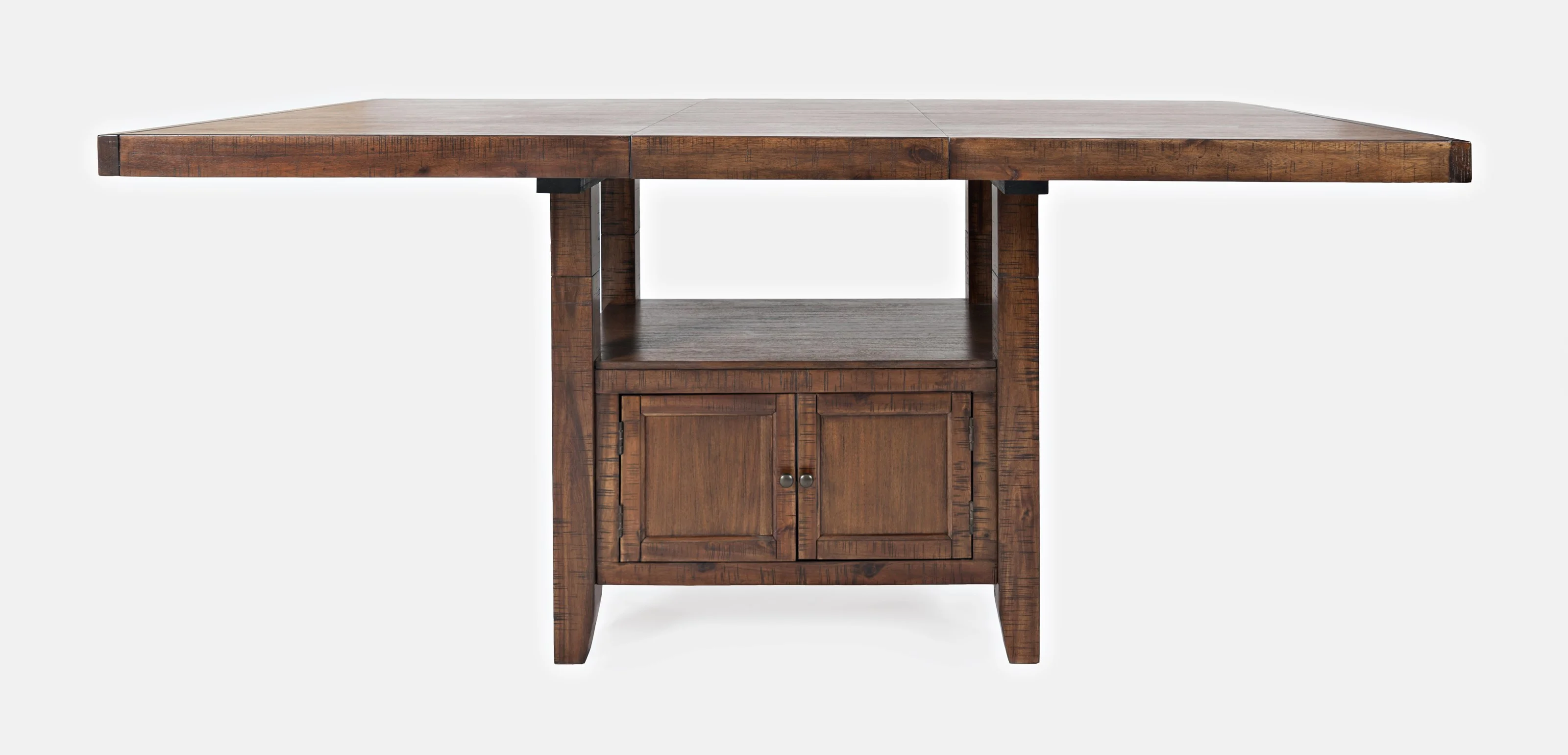Enhance Your Dining Room with Unique and Modern Dining Room Table Legs
Enhance Your Dining Room with Unique and Modern Dining Room Table Legs
Blog Article
From Typical to Modern: Find the Ideal Eating Room Table Legs for Your Style
While traditional layouts such as cabriole and transformed legs stimulate a sense of ageless class, contemporary styles like barrette and geometric options provide a chance for striking aesthetic interest. As you think about these aspects, the inquiry remains: just how can you seamlessly incorporate these varied leg styles to develop an unified eating experience?
Comprehending Table Leg Styles
The range of eating room table leg designs can substantially influence both the aesthetics and capability of the space. Each leg design contributes special aesthetic elements and practical features, accommodating varied layout choices and use demands. Comprehending these styles is crucial for selecting the right table that aligns with your general indoor design vision.
For example, conical legs offer a clean, traditional appearance that can boost a room's sophistication, while pedestal bases provide stability and make best use of legroom, making them perfect for smaller sized rooms. Hairpin legs, a trademark of mid-century modern layout, introduce an industrial panache, permitting a ventilated, open feel. Trestle legs stimulate rustic charm, supplying robust assistance and a sense of eternity.
Furthermore, the selection of materials plays a substantial role. Wooden legs can bring warmth and structure, whereas metal options frequently convey a sleek, modern vibe. Eventually, understanding table leg styles is necessary for developing a cohesive dining area that reflects individual design while making sure practicality and comfort. By attentively thinking about these elements, you can boost both the visual and useful charm of your eating room.
Conventional Table Leg Options
When picking dining-room table legs, standard choices frequently personify timeless sophistication and workmanship. These styles reflect a rich heritage and a dedication to quality, making them optimal for those who appreciate timeless looks.
Among the most legendary typical leg styles is the cabriole leg, defined by its graceful bent shape. This layout usually includes ornamental makings and is most frequently discovered in Queen Anne and Chippendale furnishings. Another popular choice is the transformed leg, which flaunts a series of smooth, rounded forms that give a classic look while keeping stability.
Furthermore, the straight leg, while basic, uses a durable and basic framework that can blend flawlessly with a variety of tabletop designs. For those attracted to ornate outlining, claw-and-ball feet legs evoke a feeling of majesty and can work as a magnificent centerpiece in any eating space.
Last but not least, pedestal bases, although not purely legs, offer a different typical choice that permits for adequate legroom and can be magnificently sculpted. Each of these typical leg designs adds to the total atmosphere of a dining space, weding function with aesthetic allure.

Modern Table Leg Styles
Modern table leg designs use a varied variety of styles that highlight tidy lines and ingenious products. These styles frequently focus on performance while working as striking focal factors within a dining space. Minimalist aesthetic appeals are prevalent, with legs crafted from materials such as metal, glass, and engineered wood, which contribute to a ventilated and modern feel.
One prominent layout is the hairpin leg, defined by its slender, conical framework that supplies stability without frustrating the table top (dining room table legs). This style is typically discovered in mid-century modern furniture and can easily complement different table Read Full Report shapes. Another trend is making use of geometric forms, where legs might tackle angular or asymmetrical kinds, adding aesthetic interest and a touch of virtuosity

Mixing Styles for Special Spaces
Commonly, property owners look for to develop one-of-a-kind eating spaces that show their personal style by mixing various style components. This strategy enables the incorporation of diverse visual appeals, click here for info resulting in a harmonious yet unique setting. Matching a rustic wooden table with sleek, modern metal legs can create a captivating contrast that boosts the area's overall charm.
Furthermore, integrating vintage table legs with modern tabletops can stimulate a sense of history while keeping a modern-day sensibility. Such combinations not only showcase private preference yet also encourage creativity, permitting homeowners to curate a room that really feels both personal and inviting.
Shade plays an important role in this blending procedure; picking table legs that complement or comparison with the existing color pattern can boost aesthetic rate of interest. For instance, whitewashed legs can soften the boldness of a dark table surface, creating a balanced aesthetic.
Tips for Picking the Right Legs
Choosing the right table legs is crucial for attaining both capability and visual appeal in your dining area. Begin by considering the general design of your space. Typical setups take advantage of legs that include detailed makings or transformed layouts, while contemporary areas might ask for smooth, minimal styles.
Following, examine the height and stability of the legs. dining room table legs. Conventional eating tables vary between 28 to 30 inches in height, so guarantee the legs match this dimension for comfort. In addition, durable materials, such as hardwood or metal, can enhance security and long life
Evaluate the leg shape as well-- alternatives consist of right, tapered, or pedestal layouts. Straight legs use a traditional look, while conical legs can add a touch of style. Pedestal you can try these out bases give ample legroom and are optimal for smaller rooms.
Final Thought
In summary, picking the optimal dining-room table legs needs mindful consideration of both contemporary and typical styles. Conventional alternatives such as cabriole and turned legs provide classic sophistication, while modern-day designs like barrette and geometric forms supply a contemporary touch. By harmonizing leg design, elevation, and material with the overall decoration, a cohesive and welcoming atmosphere can be achieved. Inevitably, the chosen table legs ought to mirror the preferred visual, improving the dining experience within the area.
The selection of dining space table leg styles can substantially affect both the aesthetic appeals and performance of the space. Inevitably, recognizing table leg designs is important for producing a cohesive dining location that reflects personal style while making sure usefulness and comfort.One of the most famous conventional leg designs is the cabriole leg, defined by its stylish curved form. Straight legs offer a traditional look, while tapered legs can include a touch of beauty.In summary, selecting the ideal eating area table legs needs mindful factor to consider of both conventional and contemporary designs.
Report this page